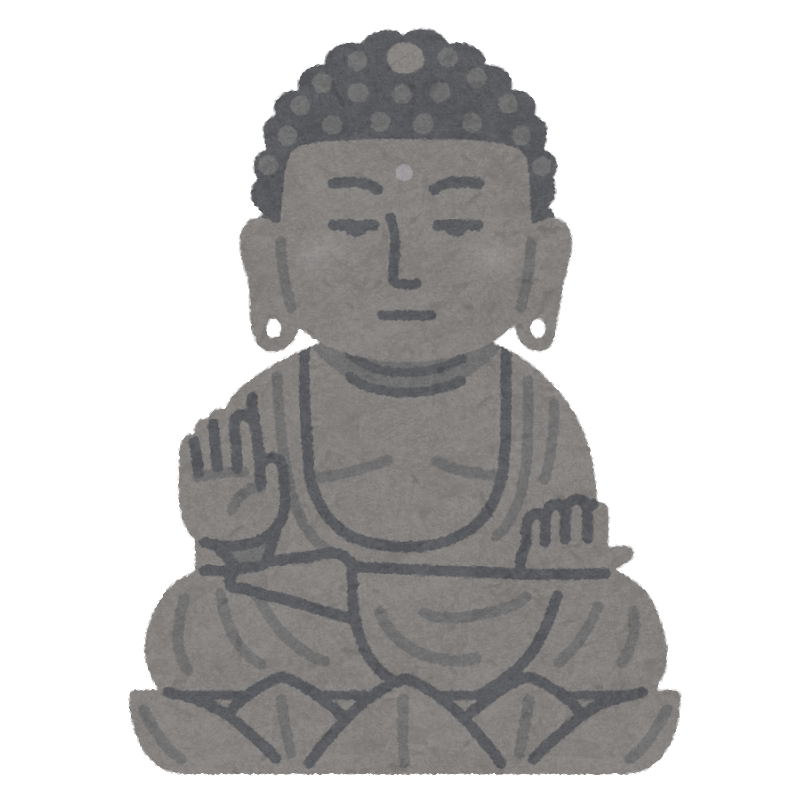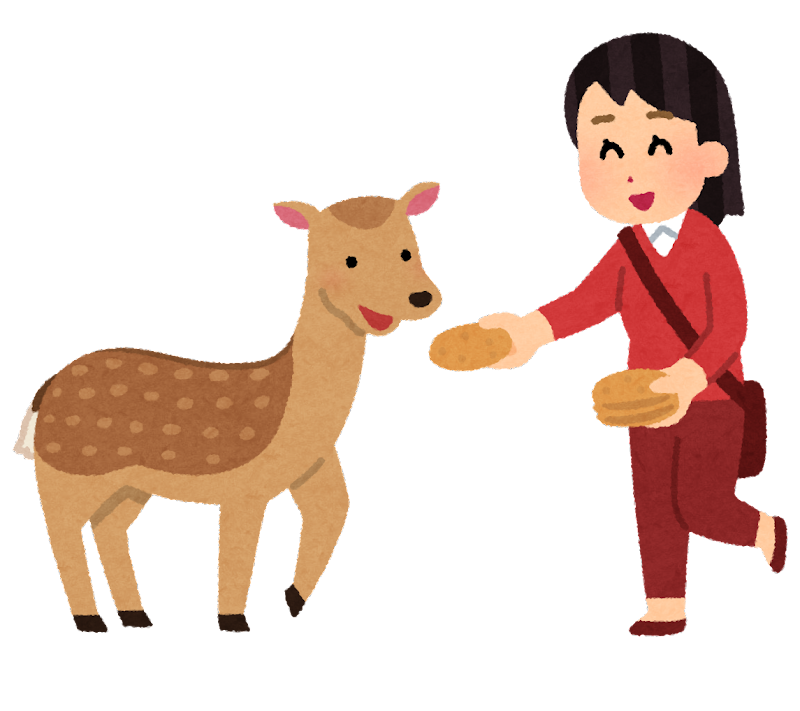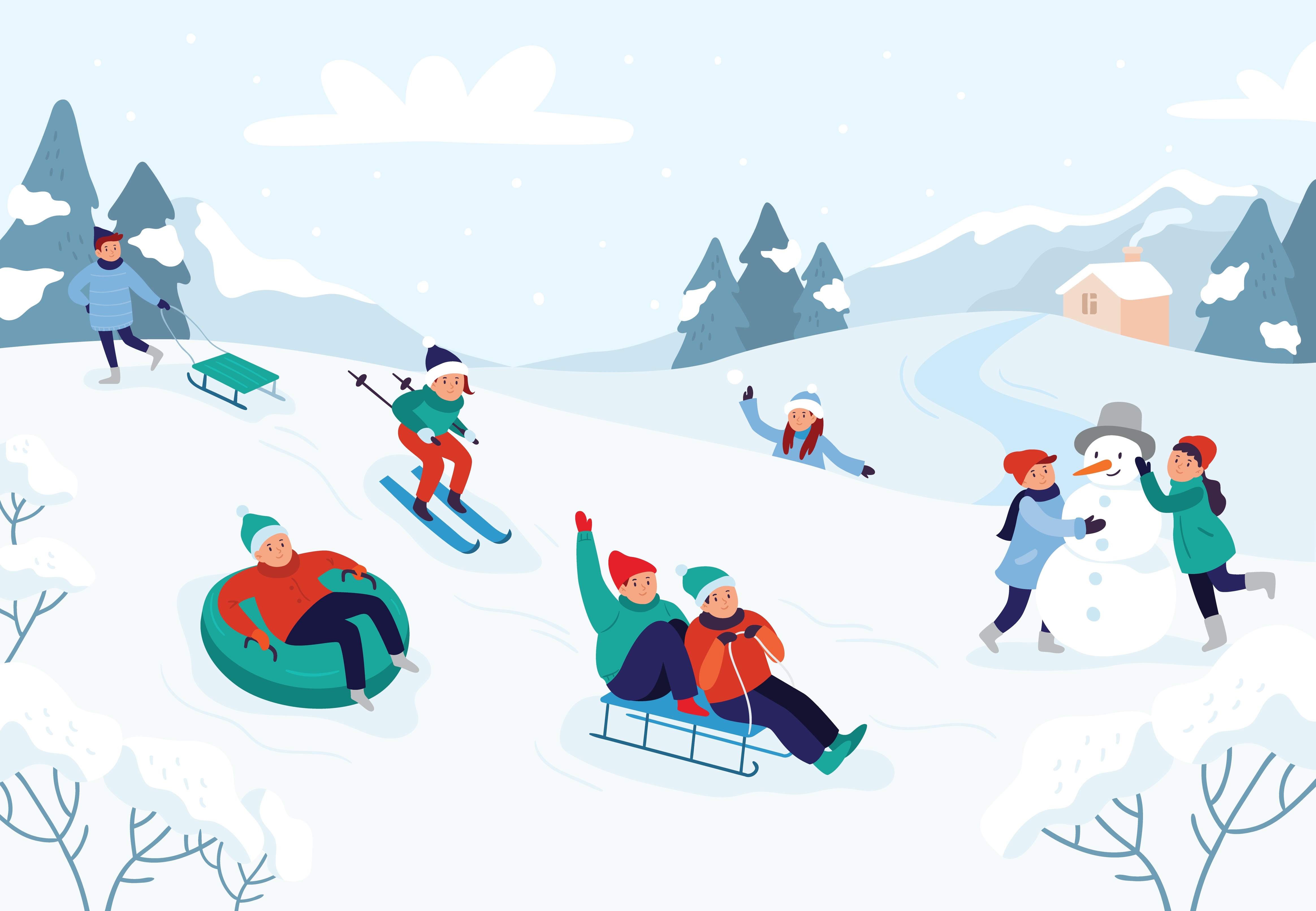Part A Advanced icebreak
Answer questions about things you have experienced recently.

Part A_1 Advanced icebreak
Let’s introduce ourselves to each other.
My name is ________. What is your name?
Part A_2 Advanced icebreak
I am ________. Nice to meet you.


Part A_3 Advanced icebreak
Nice to meet you too, ________. Let’s have advanced icebreaker questions!

Part A_4 Advanced icebreak
Please choose one topic below and I will ask you some questions.
Part A_5 Advanced icebreak
| 1. | Excitement |
| 2. | Sadness |
| 3. | A “thank you” moment |


Part A_6 Advanced icebreak
Please answer each question about the topic you chose.
| 1. | What did you/he/she/they do? |
| 2. | Who did it? |
| 3. | When was it? |
| 4. | Where was it? |
| 5. | Why did you/he/she/they do that? |
| 6. | How was it? |
Part A_7 Advanced icebreak
| Answer: |


Part A_8 Advanced icebreak
Awesome! Now, you will organize the points and tell me your story once more. If the question is not applicable, you may skip it.
Part A_9 Advanced icebreak
| Answer: |
include these points: (What / Who / When / Where / Why / How)


Part A_10 Advanced icebreak
That was wonderful! Now, let us begin our lesson!
Part B Reading
Read sentences and check your pronunciation. Make sure you understand the content.

Part B_1 Reading
First, I will read the passage aloud. Please listen carefully.

Part B_2 Reading

Japan is popular for its many sightseeing spots. Tourists can learn many things about Japan from these spots. One of the most popular sightseeing spots in Japan is the Tokyo Tower. It is the second tallest structure in Japan. Another is Mount Fuji. It is known as the highest mountain in Japan. In the Kansai region, the Great Buddha of Nara is very famous. It is the largest Buddha statue in Japan, and tourists can feed wild deer in the surrounding park.
【ヒント:日本語訳】
日本はその多くの観光地により人気があります。観光客はそこで日本について多くのことを学ぶことができます。日本で最も人気のある観光地の一つは、東京タワーです。東京タワーは日本で2番目に高い建造物です。もうひとつは富士山です。日本一高い山として知られています。関西地方では、奈良の大仏が有名です。日本最大の仏像で、周辺の公園では野生の鹿に餌をあげることができます。

Part B_3 Reading comprehension Q&A
Now, you will answer questions based on the passage. I will check if your sentences are complete and if your grammar is correct.
(Please send the correct answers to your student.)

Part B_4 Reading comprehension Q&A
| 1. | What is Japan famous for? |
Part B_5 Reading comprehension Q&A
| Answer: |


Part B_6 Reading comprehension Q&A
| 2. | What can tourists do in the park where the Great Buddha of Nara is located? |
Part B_7 Reading comprehension Q&A
| Answer: |


Part B_8 Reading comprehension Q&A
You did a great job answering the questions! Now, let’s review your answers.
(Please review your student’s answers by sending the correct answers in complete sentences. After that, ask your student to read aloud his or her corrected answers.)
Part B_9 Reading comprehension Q&A


Part B_10 Reading
Now, you will read the passage below. I will check your pronunciation and intonation.
(Please send the mispronounced words and expressions that need improvements to your student.)
Part B_11 Reading

Japan is popular for its many sightseeing spots. Tourists can learn many things about Japan from these spots. One of the most popular sightseeing spots in Japan is the Tokyo Tower. It is the second tallest structure in Japan. Another is Mount Fuji. It is known as the highest mountain in Japan. In the Kansai region, the Great Buddha of Nara is very famous. It is the largest Buddha statue in Japan, and tourists can feed wild deer in the surrounding park.


Part B_12 Reading
That was great! Now, let’s review some words and expressions from part B_11.
(Please review the mispronounced words and expressions from part B_11.)
Part B_13 Reading

Part C Vocabulary
Let’s check the meaning and pronunciation of English words.

Part C_1 Vocabulary
We’ll read aloud the words below. Please repeat after me. I will check your pronunciation.
(Please send the mispronounced words and expressions to your student.)
Part C_2 Vocabulary

|
tourist
ˈtʊr.ɪst
観光客
|

|
structure
ˈstrʌk.tʃɚ
建造物
|

|
statue
ˈstætʃ.uː
像
|

|
famous
ˈfeɪ.məs
有名な
|

|
feed
fiːd
〈動物などに〉食物[えさ]を与える
|


Part C_3 Vocabulary
Now, let’s review some words from part C_2.
(Please review the mispronounced words and expressions from part C_2.)
Part C_4 Vocabulary

Part D Q&A
Express your opinions, assumptions, and experiences.

Part D_1 Q&A
I will ask you the questions below. I will check if your sentences are complete and if your grammar is correct.
(Please send the mispronounced words and expressions to your student.)


Part D_2 Q&A
| 1. | What sightseeing spots in Japan do you know? |
Part D_3 Q&A
| Answer: |


Part D_4 Q&A
| 2. | If you were a tour guide, where would you take foreign tourists? |
Part D_5 Q&A
| Answer: |


Part D_6 Q&A
| 3. | Which sightseeing spots in Japan have you visited? How was it? Did you enjoy it? |
Part D_7 Q&A
| Answer: |


Part D_8 Q&A
You answered the questions very well! Now, let’s review your answers.
(Please review your student’s answers by sending the correct answers in complete sentences. After that, ask your student to read aloud his or her corrected answers.)
Part D_9 Q&A

Part E Picture description
Describe the picture in complete sentences.

Part E_1 Picture description
Look at the picture below. Please describe it in as much detail as you can. I will check if your sentences are complete and if your grammar is correct.
Part E_2 Picture description



Part E_3 Picture description
You described the picture wonderfully! Now, let’s review your answers.
(Please review your student’s answers by sending the correct answers in complete sentences. After that, ask your student to read aloud his or her corrected answers.)
Part E_4 Picture description

Part F Role play
Talk about the following situations.

Part F_1 Role play
Let’s do a role play with the given situations. You should mention the items below during the conversation.
Part F_2 Role play
| Situation 1: |
You are talking to your friend from the US. Suggest places to visit in Japan during the winter.
(Your tutor will pretend to be your friend from the US.)
|
| Items to mention: |
– popular place in Japan in winter – what activity he/she can do there – popluar Japanese food in winter ヒント:oden, hot pot (nabe), mochi (rice cake), etc.
|

Part F_3 Role play
| Situation 2: |
You and your foreign friends are planning to go on a summer vacation. Suggest places to visit in Japan during the summer.
(Your tutor will pretend to be one of your foreign friends.)
|
| Items to mention: |
– how hot summer in Japan is – popular place in Japan in summer – what activities they can enjoy summer in Japan ヒント:natsu matsuri (summer festival), demise (food stalls), fireworks, Tanabata Festival, etc.
|


Part F_4 Role play
Your answers were fantastic! Now, let’s review your answers.
(Please review your student’s answers by sending the correct answers in complete sentences. After that, ask your student to read aloud his or her corrected answers.)
Part F_5 Role play

Part G Challenge part
Answer more challenging questions freely.

Part G_1 Challenge part
I will ask you the questions below. I will check if your sentences are complete and if your grammar is correct.

Part G_2 Challenge part
| 1. | When did you go there? |
| 2. | What did you enjoy the most in your trip? |
Part G_3 Challenge part
| Answer: |


Part G_4 Challenge part
| 1. | Why do you want to go there? |
| 2. | What do you want to do there? |
Part G_5 Challenge part
| Answer: |

Part H Tips for future practice
Give tips for a practice after the lesson.

Part H_1 Tips for future practice
Please keep these things in mind after the lesson and practice!
Part H_2 Tips for future practice
1日の終わりに今日の出来事をつぶやいてみよう。
たくさん話すためには?
■ いつ、誰とどこで何をしたのか伝えよう。
■ それをしてどう感じたか、なんでそう感じたのかも伝えるよう意識しよう。
例)
I took an online lesson with Ellen at my house today.
(what/who/where/when)
It was fun to talk with Ellen because her hobby was the same as mine.
(how/why)


